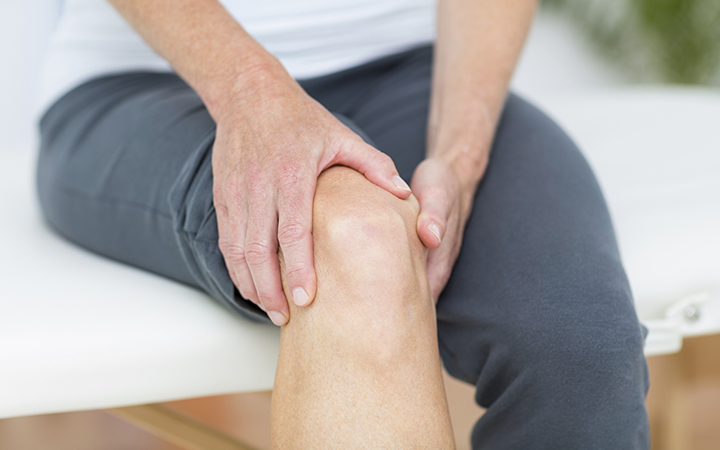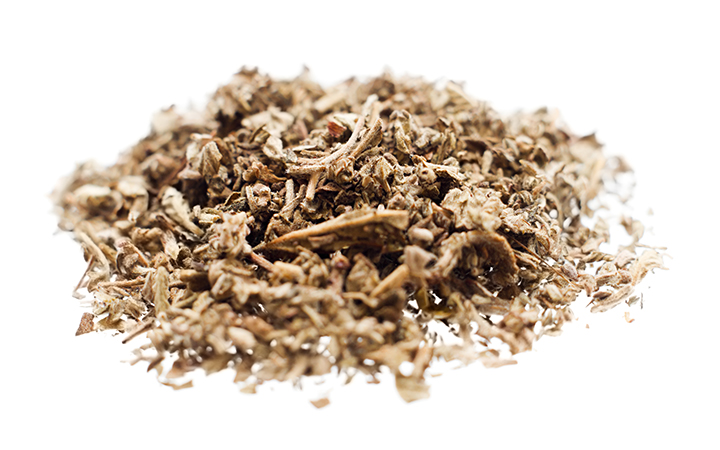Anyone suffering from fibromyalgia will tell you it can be devastating. On some days, simple chores like doing laundry or making breakfast can be exhausting, if not downright impossible. Just ask Teri Robnett, a Denver-based medical marijuana patient’s rights advocate who runs the Rx MaryJane blog:
“There used to be days that I didn’t feel like I could get through the day. I just wanted to cry and go back to bed.”
Only a decade ago, many doctors didn’t believe fibromyalgia was real — “hysterical” women were just imagining it. To this day, it is still misunderstood, and often misdiagnosed. Commonly characterized as a chronic pain condition, a growing body of evidence suggests that fibromyalgia is a complex neurological disorder. Beyond chronic pain affecting muscles and connective tissue, sufferers often complain of joint stiffness, chronic fatigue, insomnia, general weakness, headaches, digestive issues, anxiety, and cognitive issues (e.g., “fibro fog”).
According to the National Institutes of Health, more than 5 million Americans — mostly women — have fibromyalgia.
What Causes Fibromyalgia?

While the cause of fibromyalgia is widely debated, Dr. Ethan Russo, a prominent neurologist and pharmacologist who has dedicated much of his professional career studying cannabis and the endocannabinoid system, theorized that fibromyalgia could be related to Clinical Endocannabinoid Deficiency (CECD).
The endocannabinoid system is like the Internet of your body — a communications network facilitating communications between your brain, organs, connective tissues, glands, and immune cells. The primary goal of the ECS is homeostasis — helping your body maintain a stable internal environment.
When the endocannabinoid system is out of whack, health suffers. An imbalance can cause a whole host of issues affecting mood, sleep, gastrointestinal health, muscle spasticity, to name a few — symptoms that are also prominent among sufferers of fibromyalgia, thusly supporting Russo’s theory.
Can Medical Marijuana be Used as Treatment for Fibromyalgia?

Hard to treat and impossible to cure, many sufferers are curious about whether cannabis can help treat their discomfort.
Robnett, who is also the founder and executive director of Colorado-based Cannabis Patients Alliance, was one such patient. Recalling how in 1987 a car accident triggered her fibromyalgia, she later learned that an endocannabinoid deficiency could be to blame. She fell to the floor and cried, but her sadness was swiftly replaced with anger. Recognizing cannabis might be able to help, she asked, “How could the one thing that could supplement what my body wasn’t making [is something] the government could tell me I can’t have?”
For years Robnett took doctor-prescribed pharmaceuticals, but she detested the side effects and was concerned about drug interactions. “In 2009, I started medical marijuana. By 2011, I had quit all of my pharmaceutical medications and now use cannabis exclusively,” she explained.
Robnett said that at first it took her a bit of trial-and-error, but it didn’t take long for her to become convinced cannabis was preferable to pharmaceuticals. “From season to season, even day to day, the severity of symptoms can change because of the weather, stress, or hormones,” Robnett said. “Cannabis allows me to self-titrate. By being able to vary how I consume and types of strains, I can more effectively treat the symptoms.”
At night, Robnett medicates with an edible. Because edibles can take a bit to kick in, she begins her routine by vaporizing with an indica strain which quickly enters the bloodstream and immediately provides relief. While vaporizing works quickly, it doesn’t last through the night. “The edible takes much longer to affect me than vaporizing, but lasts much longer, and I can sleep through the night,” she said. “Getting a good night’s sleep helps keep my symptoms under control the next day.”
During the day, she’ll use something higher in CBD and lower in THC to minimize psychoactive effects while alleviating her symptoms. Chronic fatigue is also a common symptom, and Robnett said the high CBD counters the fatigue, giving her energy to get through the day.
Cannabis for Treating Fibromyalgia vs. Prescription Drugs

Robnett is not alone in her experience. The National Pain Foundation conducted a survey in 2014 of over 1,300 patients. Remarkably, nearly a third — 30 percent of respondents — reported having used medical cannabis.
Of the more than 390 survey participants who had used cannabis, compared to FDA-approved pharmaceuticals, far more people reported cannabis as being effective:
- 62% reported cannabis as “very effective” in treating their symptoms
- 33% reported that cannabis “helped a little”
- Only 5% said it did not help at all
Contrast these results to FDA-approved medications:
- A mere 8 – 10% reported Cymbalta, Lyrica, or Savella as “very effective”
- 60 – 68% responded those drugs “[did] not help at all”
No wonder “big pharma” is scared of cannabis! In the hierarchy of evidence, a survey is not weighted the same as a random-controlled trial (RCT). However, given the relative safety profile of cannabis and absence of adverse side effects compared to the FDA-approved medications, the data clearly suggests more research is warranted.
Synthetic Cannabinoids for Fibromyalgia

There has been just one double-blind, placebo-controlled randomized, controlled trial (RCT) of synthetic cannabinoids. Researchers concluded nabilone was a “beneficial, well-tolerated treatment option” that could be a viable adjunct to other therapies.
But, anecdotally, patients report they prefer botanical cannabis. Only 10% to 20% of the THC makes its way into the bloodstream after metabolizing. Furthermore, nabilone doesn’t come cheap! 30 capsules cost more than $1,000.
Robnett is happy with cannabis. “With cannabis I can vary by strain and consumption method according to how I feel or what time of day it is. More importantly, over the 28 years I’ve suffered from this condition, I found cannabis is by far the most effective and efficient treatment.”
Given the widespread frustration patients have with available treatments, and the devastating nature of fibromyalgia on those who live under its grip, it’s hard to find a morally defensible reason to deprive patients like Robnett the right to not only alleviate their suffering, but find a new lease on life.
Have you used cannabis to treat fibromyalgia? If so, share your experience with us in the comments section.






